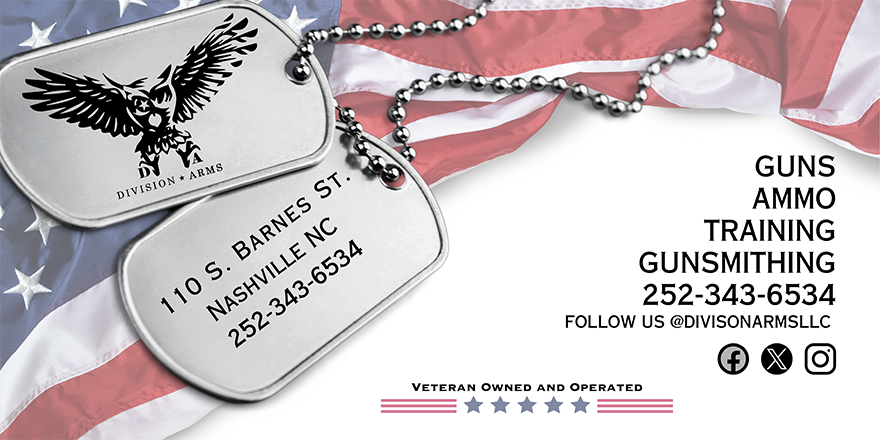Chdamn
Dungeon Master
Staff member
2A Bourbon Hound OG
Charter Life Member
Benefactor
Multi-Factor Enabled
This video is a little long but I didn't notice. I was mesmerized by the process. I don't possess the tools or the skill set to pull this off but man was it cool to watch.

